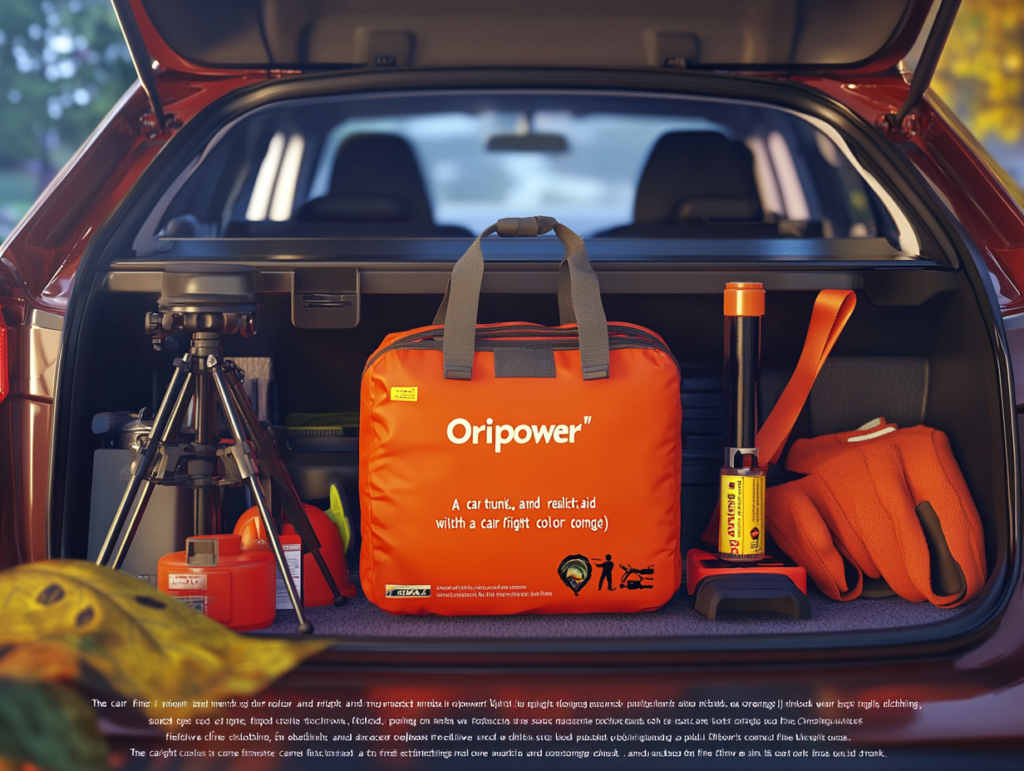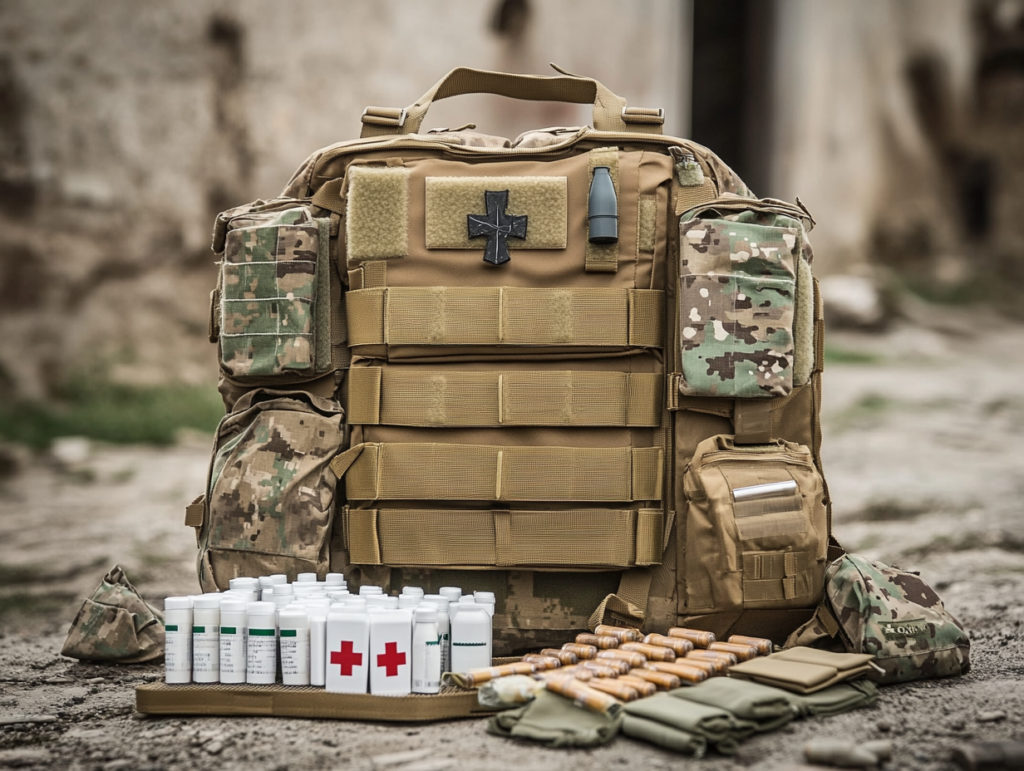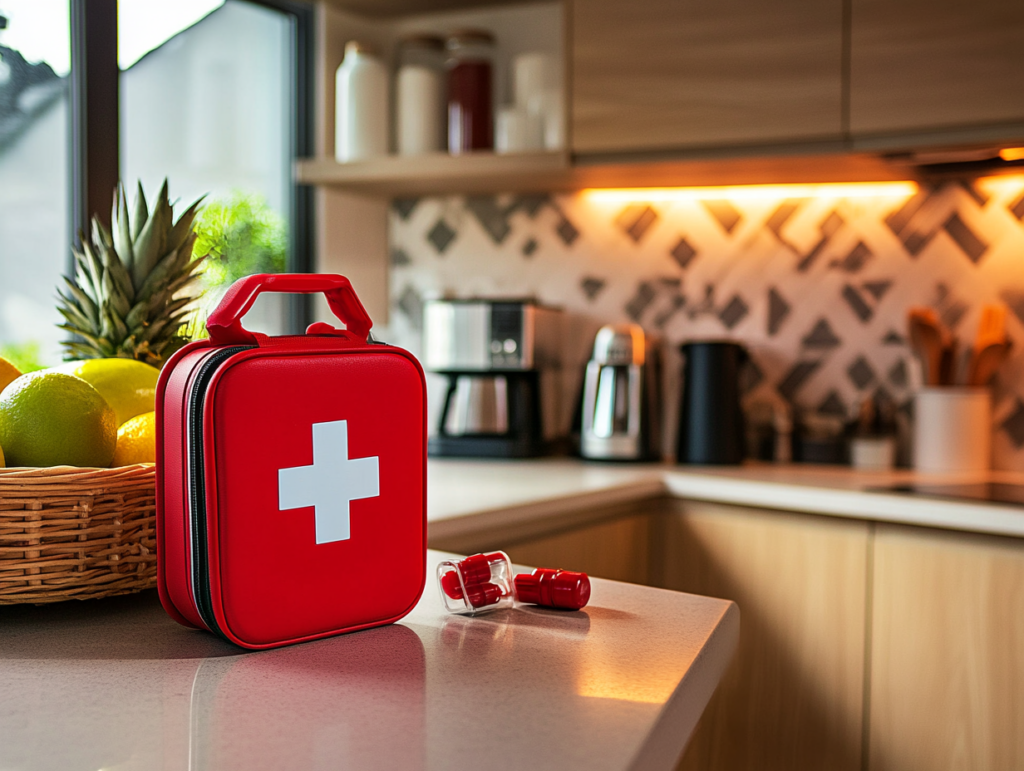In today’s fast-paced world, having a well-equipped first aid kit in your vehicle is essential for ensuring the safety and well-being of yourself and your passengers. A vehicle first aid kit can be a lifesaver in case of an emergency, providing the necessary supplies to treat minor injuries and stabilize more serious conditions until professional help arrives. In this blog post, we will provide a detailed list of essential items for a vehicle first aid kit and explain the uses of each item.For a closer look at our vehicle first aid kits, check out the product page here.
Introduction
Driving can be a risky activity, and accidents can happen at any time. Whether it’s a minor fender bender or a more serious collision, having a first aid kit on hand can make a significant difference in the outcome. A vehicle first aid kit should be designed to handle a variety of emergencies, from minor cuts and scrapes to more serious injuries such as fractures and burns. By having the right supplies on hand, you can provide immediate care and potentially save lives.
Essential Items for a Vehicle First Aid Kit
- Adhesive bandages (Band-Aids): Used to cover minor cuts and scrapes. They come in various sizes and shapes to fit different types of wounds.
- Sterile gauze pads: These are used to cover larger wounds and help stop bleeding. They can be held in place with adhesive tape or a bandage.
- Medical tape: Used to secure gauze pads or bandages in place.
- Antiseptic wipes or solution: Used to clean wounds and prevent infection.
- Pair of disposable gloves: Protects the person providing first aid from bloodborne pathogens and other contaminants.
- Tweezers: Used to remove splinters or other small objects from the skin.
- Scissors: Can be used to cut bandages or clothing if necessary.
- Thermometer: Helps to check for fever or hypothermia.
- First aid manual: Provides instructions on how to handle various emergencies.
- CPR face shield or mouth-to-mouth barrier: Used for performing cardiopulmonary resuscitation (CPR) safely.
- Emergency blanket: Provides warmth and protection from the elements in case of an accident or exposure.
- Pain relievers (such as acetaminophen or ibuprofen): Can help relieve pain and reduce fever.
- Antihistamines: Useful in case of allergic reactions.
Uses of Each Item
- Adhesive bandages (Band-Aids): Band-Aids are one of the most commonly used items in a first aid kit. They are designed to cover small cuts and scrapes and protect the wound from dirt and bacteria. Different sizes and shapes of Band-Aids are available to fit various types of wounds. For example, small round Band-Aids are ideal for fingertip injuries, while larger rectangular ones can be used for larger cuts on the arms or legs.
- Sterile gauze pads: Sterile gauze pads are essential for covering larger wounds and helping to stop bleeding. They can be placed directly on the wound and held in place with adhesive tape or a bandage. In case of heavy bleeding, multiple gauze pads can be stacked on top of each other to increase pressure and control the bleeding.
- Medical tape: Medical tape is used to secure gauze pads or bandages in place. It should be strong enough to hold the dressing in place but not so tight that it restricts blood flow. There are different types of medical tape available, including paper tape and cloth tape. Paper tape is more gentle on the skin and is suitable for use on sensitive areas. Cloth tape is more durable and can be used for heavier dressings.
- Antiseptic wipes or solution: Antiseptic wipes or solution are used to clean wounds and prevent infection. They can be applied directly to the wound or used to clean the surrounding area. Some common antiseptic solutions include hydrogen peroxide, iodine, and alcohol. However, these solutions should be used with caution as they can cause irritation or damage to the skin if used in excessive amounts.
- Pair of disposable gloves: Disposable gloves are essential for protecting the person providing first aid from bloodborne pathogens and other contaminants. They should be worn before handling any open wounds or bodily fluids. Gloves come in different sizes and materials, including latex and nitrile. Latex gloves are more flexible but can cause allergic reactions in some people. Nitrile gloves are a good alternative for those with latex allergies.
- Tweezers: Tweezers are useful for removing splinters or other small objects from the skin. They should be sterilized before use to prevent infection. When using tweezers, be careful not to push the object deeper into the skin. Instead, grasp the object firmly and pull it out in the direction it entered.
- Scissors: Scissors can be used to cut bandages or clothing if necessary. They should be sharp and clean to ensure a clean cut. In an emergency situation, scissors can also be used to cut through seat belts or other restraints to free a trapped person.
- Thermometer: A thermometer is useful for checking for fever or hypothermia. It can help determine if a person is experiencing an infection or other medical condition. There are different types of thermometers available, including digital and mercury thermometers. Digital thermometers are more accurate and easier to use.
- First aid manual: A first aid manual provides instructions on how to handle various emergencies. It should be included in every first aid kit and should be easily accessible. The manual should cover topics such as CPR, choking, bleeding control, and treatment of burns and fractures.
- CPR face shield or mouth-to-mouth barrier: A CPR face shield or mouth-to-mouth barrier is used for performing cardiopulmonary resuscitation (CPR) safely. It helps to prevent the transfer of bacteria and other contaminants from the rescuer to the victim. When performing CPR, it is important to follow the proper technique as described in the first aid manual.
- Emergency blanket: An emergency blanket provides warmth and protection from the elements in case of an accident or exposure. It is made of a lightweight material that reflects body heat back to the person. The blanket can be wrapped around the victim to prevent hypothermia and shock.
- Pain relievers (such as acetaminophen or ibuprofen): Pain relievers can help relieve pain and reduce fever. They should be included in the first aid kit for use in case of minor injuries or headaches. However, it is important to follow the recommended dosage and consult a doctor if the pain persists or worsens.
- Antihistamines: Antihistamines are useful in case of allergic reactions. They can help relieve symptoms such as itching, swelling, and hives. Some common antihistamines include diphenhydramine (Benadryl) and loratadine (Claritin). It is important to consult a doctor before using any medications, especially if you have a pre-existing medical condition or are taking other medications.
Conclusion
In conclusion, having a well-equipped vehicle first aid kit is essential for ensuring the safety and well-being of yourself and your passengers. By including the essential items listed above and knowing how to use them properly, you can be prepared to handle a variety of emergencies on the road. Remember to check your first aid kit regularly and replace any expired or damaged items. Stay safe and be prepared!


